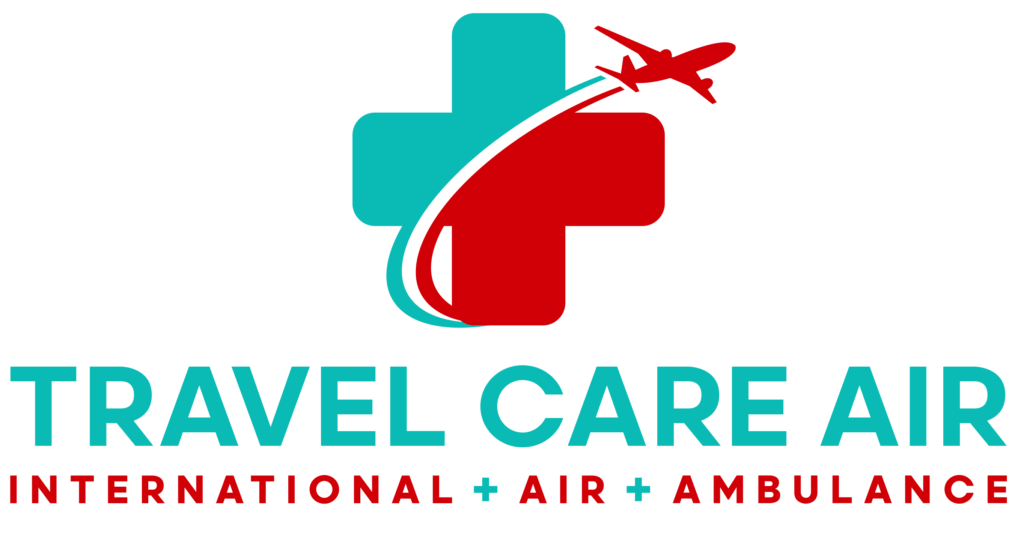Patients often need air ambulance surgery support to reach the right hospital or to return home safely after an operation. With the right aircraft, crew, and coordination, air ambulance surgery support keeps care continuous from bedside to bedside—across cities, borders, and time zones.
Pre-Op Planning: Getting Ready for Surgery Travel
Early planning makes air ambulance surgery support faster and safer. Tell us your route, timeline, and medical needs. We’ll confirm fit-to-fly, gather records, and brief the receiving team. For a step-by-step view, see How Does Air Medical Transport Work? A Step-by-Step Guide for Families and Questions to Ask Before Choosing an Air Ambulance Provider.
Transplant Travel and Organ Transport
Timing is everything. Air ambulance surgery support helps listed patients reach transplant centers quickly and in stable condition. When needed, aircraft move donor organs under strict handling so surgeons can operate on schedule. Learn more reasons families choose air transport in 19 Reasons Why Someone Needs an Air Ambulance.
Post-Op Flights: Safe Return After Surgery
After surgery, patients may be too fragile for commercial travel alone. With air ambulance, clinicians monitor vitals, manage pain, and handle meds in flight. We coordinate ground ambulances and a warm handoff at the receiving facility. If you’re comparing modes, start with Ground Transport vs. Air Ambulance: Which Is Right for Your Situation?.
Pediatric, Oncology, and Complex Cases
Children, cancer patients, and those with advanced cardiac or respiratory needs benefit from tailored air ambulance surgery support. Crews bring ventilators, infusion pumps, and ICU-grade monitoring to keep treatment consistent during transfer.
Trauma Recovery and Non-Emergency Transfers
Not every flight is a 911. Many patients use air ambulance surgery support to move to rehab, a specialty center, or closer to family while healing. Early coordination reduces delays and keeps care aligned with surgeon instructions.
Private Aircraft vs. Commercial Medical Escort
-
Private aircraft: maximum privacy, flexible schedule, space for family, and full equipment customization.
-
Commercial medical escort: budget-friendly option for stable patients when airline policies allow; a clinician travels with you and manages care.
Insurance, Costs, and Documentation
Coverage varies. We help check benefits, provide clear pricing, and collect the medical documentation payers request. That preparation speeds approvals and avoids last-minute surprises.
Quick Checklist for Surgery Travel
-
Photo ID/passport, insurance cards, updated medical summary, medication list
-
Three-day supply of prescriptions and post-op instructions
-
Receiving hospital contact and your surgeon’s after-hours number
-
Mobility aids and comfort items that fit aircraft limits
-
Named family contact for real-time updates
